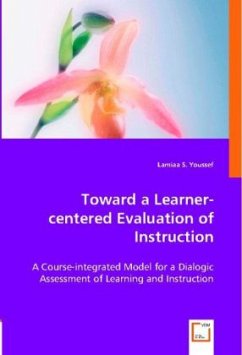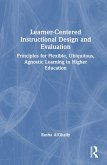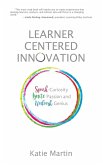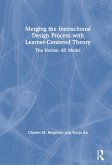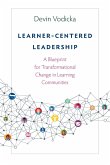The feedback obtained from end-of-course questionnaires is commonly used in higher education institutions for personnel decisions, such as promotion, tenure, and salary raises. However, the data are not systematically used to improve instruction, and the responsibility to interpret and act on the feedback is left to the individual instructor. If the ultimate purpose of student ratings is to improve the quality of instruction, then there is a need for evaluative systems that channel the feedback in systematic ways that are timely, ongoing, and supportive of effective instruction.This book examines the effect of the ongoing evaluation of instruction on the learning environment in a college English class. It focuses on a course-integrated system for obtaining student feedback through a dialogic assessment of learning model and presents its effects on the instructor's and students' perceptions of the quality of instruction, two-way communication, and overall classroom environment.The data and analysis bring to light voices from the classroom, which in most cases remain unheard behind closed doors. These voices can help guide the instructional practices of educators and the professional development services provided by administrators to practitioners across college campuses.
Bitte wählen Sie Ihr Anliegen aus.
Rechnungen
Retourenschein anfordern
Bestellstatus
Storno

